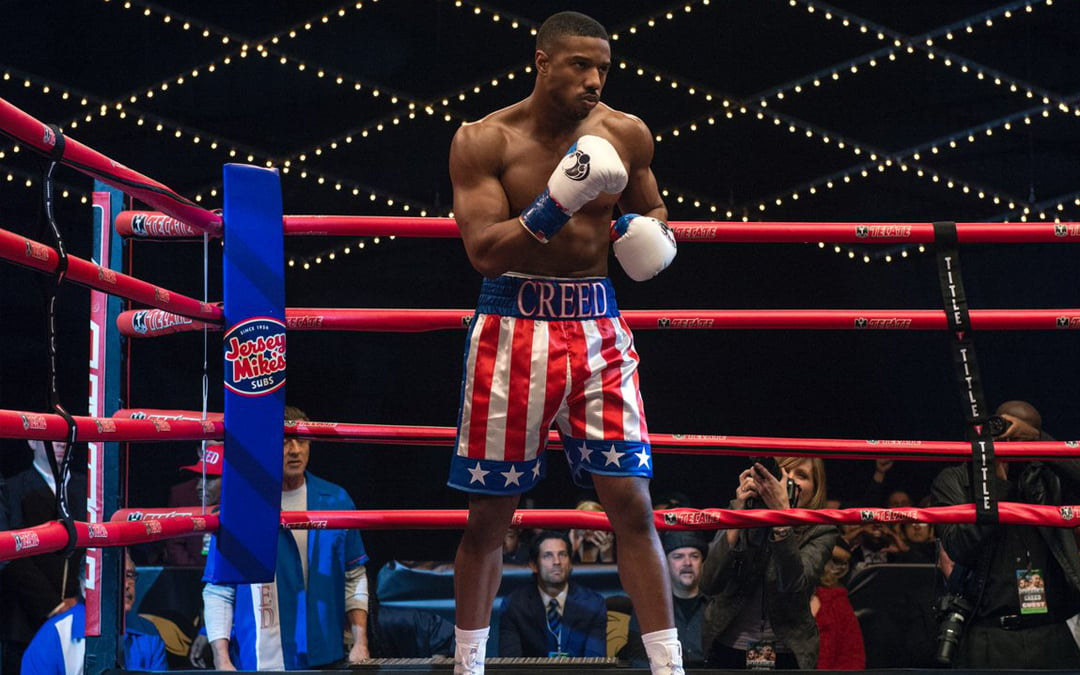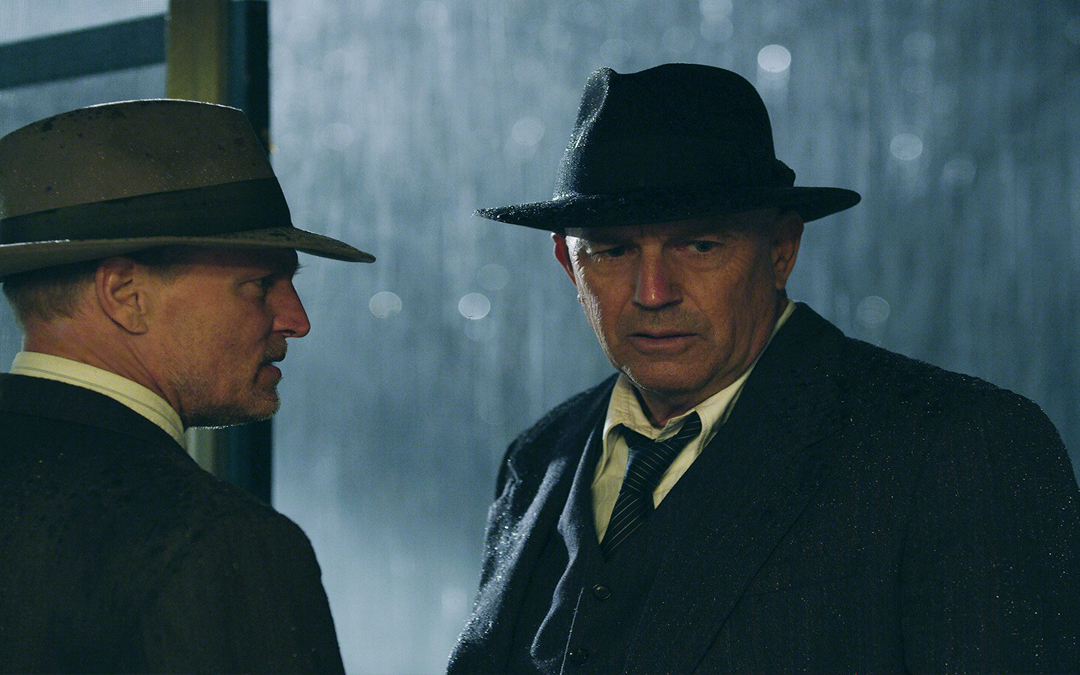All the Write Moves: A Star is Born
October 22, 2018
A Star Is Born, the romantic musical drama starring Bradley Cooper (who also makes his directorial debut with the picture) and Lady Gaga (playing her first leading role in a movie), has quickly become an awards-season frontrunner as well as a commercial hit. As of this writing, A Star Is Born feels like a serious contender for Oscar® categories including picture; actor, actress, supporting actor, song, and original screenplay.
While earning a nod for his first produced script would represent a huge accomplishment for Cooper, the milestone would be familiar territory for his writing partner on A Star Is Born, Eric Roth (Will Fetters, who worked on the project at an early stage, shares screen credit with them). Since winning an Oscar for Forrest Gump in 1994, Roth has been nominated three more times. That’s serious firepower to unleash on A Star Is Born, the third remake of a story that previously reached the screen in 1937, 1954 and 1976.
And while the new picture is not quite as revelatory as its hype suggests, certain elements are genuinely thrilling — the first onscreen performance by Cooper and Gaga of “Shallow,” the debut single from the soundtrack, ranks among the most powerful movie moments of the year. Yet musicality isn’t the only reason the scene clicks; it’s a huge inflection point in the story, the instant at which, to quote the title, a star is born.
Which brings us to the unique writing challenge that Cooper and Roth faced. Since the machinery of stardom is now common knowledge (a problem not faced by the writers of previous versions), Cooper and Roth needed to approach the story in a new way — so instead of delineating the machinery of stardom, they explored the more nuanced terrain of artistic development and decline. After all, the familiar story concerns alcoholic veteran musician Jackson Maine (Cooper) becoming both mentor and lover to new singer Ally (Gaga). As she rises, he falls.
Told clumsily, A Star Is Born could have become just another superficial melodrama — exactly the fate that befell the 1976 version with Barbra Streisand.
Emotions, not just events
During a recent Q&A at the Writers Guild Theater in Beverly Hills, Roth and Cooper discussed for an audience of screenwriters and guests the methods they used to infuse this new version of A Star Is Born with something meaningful. Cooper said that throughout the writing of A Star Is Born, he endeavored to keep plot out of the way of story.
For those who haven’t considered the issue, the plot/story distinction can be confusing. In the parlance of dramatists, plot comprises the events of a narrative, whereas story comprises the emotional impact of a narrative. The plot of A Star Is Born concerns an established star who helps a new singer find fame. However the story of the picture goes like this: A man drifting away from life reconnects with humanity one last time by falling in love with someone who incarnates the musical spirit he lost somewhere along the way.
In terms of specifics, Cooper mentioned that he wanted to avoid such familiar showbiz-story clichés as a montage of Ally becoming famous. Instead, her ascension unfolds in an almost impressionistic way, with extended scenes and a few pieces of connective tissue comprising much of the film’s late second act, even though the primary focus of the second act is a love relationship. Cooper understood that 2018 audiences know how fame works, so when Ally’s manager says she’s booked a slot performing on Saturday Night Live, we don’t need to see a slideshow of magazine covers.
Through this technique, Cooper gets to linger on the moments that matter. The lesson for screenwriters is clear: Strip away everything you can from your scripts that is purely informative. Then the remaining material, which is evocative, can achieve optimal impact. Not coincidentally, this is also why Cooper ensures that each extended musical sequence in A Star Is Born advances a story point, instead of merely showcasing one of the leading actors’ vocal prowess.
Takeaway: Plot is merely a gateway to story
Daddy issues
Among the many emotional problems weighing on Jackson’s soul is a complicated relationship with his late father, who is discussed frequently but (wisely) never shown in flashbacks or even photos. The gist is that Dad was a gifted musician who inspired both of his sons, the eldest of whom is Bobby (played by Sam Elliott). Viewers learn through dialogue that back in the day, Bobby and Jackson performed together, but that Jackson eventually eclipsed Bobby, a situation exacerbated by the fact that Bobby raised Jackson after their father died. When he’s introduced onscreen, Bobby is his little brother’s manager (translation: babysitter), so he’s complicit in ensuring his own cultural irrelevance.
Roth and Cooper use the late father as a mechanism to define and twist the Bobby/Jackson relationship. Even though much of the present-tense animus between them stems from Jackson’s self-destructive behavior, nearly every issue they face has something to do with Dad. Bobby is jealous because he believes Jackson idolized their father, Jackson resents the way Bobby assumed a paternal role after their father died, and so on.
Whereas the relationship between Jackson and Ally is something out of a dark fairy tale, the relationship between Jackson and Bobby is more biblical in nature, seeing as how it taps into the deepest things that divide people who are joined by blood. The impact of this pivotal dynamic on the whole of A Star Is Born is massive, and the way Roth and Cooper used the late father to create a phantom third point of an interpersonal triangle is why. Circumstances decree that these issues cannot be resolved, because the person who could resolve them is gone.
Takeaway: Use relationships to reveal character
Forget the formulas
Not everything in A Star Is Born works, but even some of the film’s bumpier narrative aspects reveal thoughtfulness. For instance, there’s a minor subplot involving George, an ex-musician played by Dave Chappelle. He’s a friend of Jackson’s, and he’s there for Jackson and Ally during a dark moment that turns joyous. Although the end of the George sequence is crucial to the storyline, the rest of George’s scenes could easily have been extracted, and one could argue that a lovely speech George delivers should have been spoken by Bobby.
Nonetheless, the imperfections of A Star Is Born are among the film’s strongest virtues. Cooper left in some rough edges, giving the best parts of the picture an endearingly handmade quality — acoustic music instead of Auto-Tune noise, if you will. Consider the way George enters the story. Never mentioned previously, he appears abruptly at the top of a new scene halfway through the picture, then dominates the story for a good 10 minutes before disappearing.
Most screenwriting formulas would describe this handling of a supporting character as imperfect, because it’s not as if George is some wise stranger whom Jackson meets during his travels. He’s part of Jackson’s regular life. Still, even though George doesn’t work structurally, he’s effective emotionally, reminding us that for all of Jackson’s failings, Jackson is able to connect deeply with worthwhile people. And that, of course, is the ultimate goal of every serious screenplay — emotional resonance always trumps technical perfection.
Takeaway: Don’t be afraid to violate familiar storytelling patterns
Written by: Peter Hanson
Peter Hanson is a Los Angeles-based writer, filmmaker and teacher. He directed the screenwriting documentary Tales from the Script, and he teaches at Pepperdine University and UCLA Extension. He provides script consulting at www.GrandRiverFilms.com.- Topics:
- Discussing TV & Film




